In my pantheon of heroes a particular place of honour is occupied by the hypermodern grandmaster Richard Réti, the first to adopt the double fianchetto since the days of Howard Staunton.
Réti-Yates: New York 1924; Réti Opening (See diagram 1)
12 Rc2 This manoeuvre connected with this rook move must have struck onlookers as nothing short of revolutionary. Réti is planning to place his queen, the most powerful piece, on the extreme flank at a1. This is consistent with his theory that occupying the centre with pawns in classical style, as Black has chosen to do, exposes the pawns to pressure from the wings. 12 … Bd7 13 Qa1 Ng6 14 Rfc1 Bc6 15 Nf1 Qd7 In his book My System, Nimzowitsch advocated countering eccentricity with eccentricity by overprotecting Black’s e5 pawn with ….Qb8. 16 Ne3 h6 In my opinion this is the real error. By permitting White to advance in the centre with d4, supported by the strength of queen and bishop, Yates loses control. It was not too late to play 16 … d4 himself, hitting White’s knight and trying to disrupt his somewhat leisurely central gyrations. 17 d4 e4 18 Ne5 Bxe5 19 dxe5 Nh7 20 f4 exf3 21 exf3 Ng5 22 f4 Nh3+ 23 Kh1 d4 Pure desperation, after which Réti brusquely refutes Black’s futile demonstration. However, by now Black faced a bleak future where all the strategic trumps were in his opponent’s favour. 24 Bxd4 Rad8 25 Rxc6 bxc6 26 Bxc6 Nf2+ 27 Kg2 Qxd4 28 Qxd4 Rxd4 29 Bxe8 Ne4 30 e6 Rd2+ 31 Kf3 Black resigns
Keene-Kovacevic: Amsterdam 1973; Réti Opening (See diagram 2)
As in the Réti game White has developed both bishops in fianchetto and White faces a similar problem, namely how to bring the bishops to life. 18 f5 exf5 19 Nd4 Qd7 20 Bh3 g6 21 Bxf5 White solves the problem of his light-squared bishop being blocked by enemy pawns by sacrificing it. The point is to eliminate protection around the black king. 21 … gxf5 22 Ra7 The key move which lures the black queen onto a vulnerable square. The sacrifice had to be carefully calculated, otherwise White would just be a rook and bishop down. 22 … Qxa7 23 Nxc6 Qd7 There are two alternative defences. Firstly 23 … Qa2 which loses beautifully as follows 24 Nxe7+ Kg7 25 Nxf5+ Kg8 (or 25…Kg6 26 Ne7+ Kg7 27 Qg4+) 26 Qg4+ Nxg4 27 Ne7 mate. Secondly 23 … Ba3, which is best, and now 24 Nxa7 Bxb2 25 c4! Bd4 26 Nb5 Re8! 27 Qf3 Bc5 28 d4 Bf8 29 c5 Nc4 30 Qxf5, when the material imbalance favours White, although there remains a tough fight ahead. 24 Nxe7+ Kg7 25 Qh5 Black resigns White is winning, e.g. 25 … Qxe7 26 Qg5+ Kh8 27 Bxf6+, 25 … h6 26 Nxf5+ or 25 … Ra8 26 Qg5+ Kf8 27 Bxf6 with Qg8 mate to follow.
After 42 years without missing a week, this is my last column for The Spectator. My thanks to those loyal readers who have followed me here from the start, as well as to the latecomers who joined me in the 21st century.
Got something to add? Join the discussion and comment below.
Get 10 issues for just $10
Subscribe to The Spectator Australia today for the next 10 magazine issues, plus full online access, for just $10.
You might disagree with half of it, but you’ll enjoy reading all of it. Try your first month for free, then just $2 a week for the remainder of your first year.

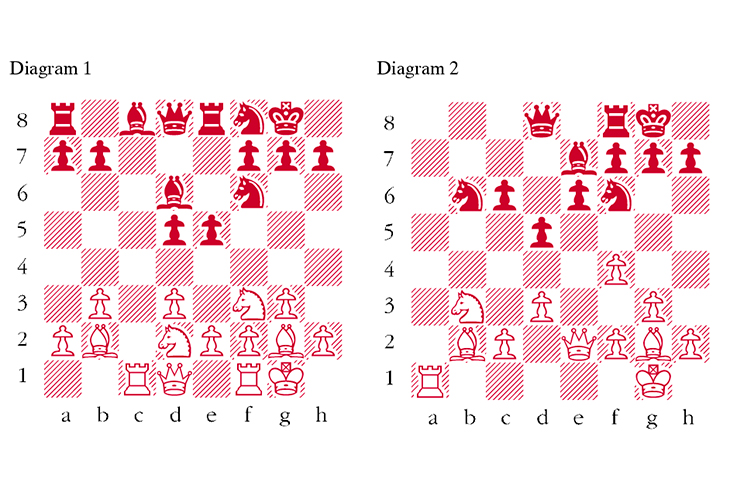

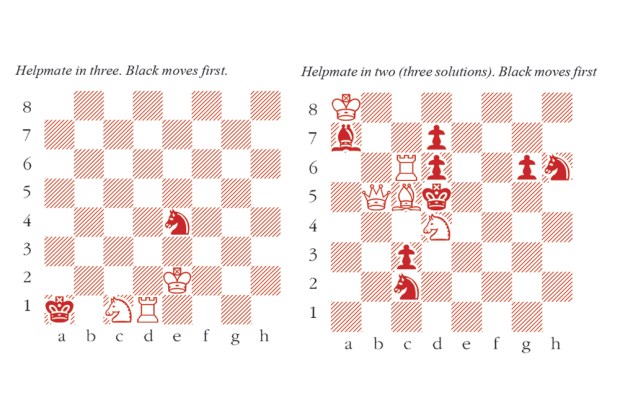
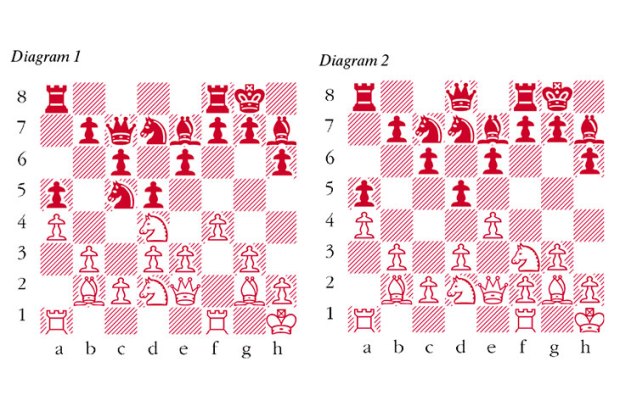
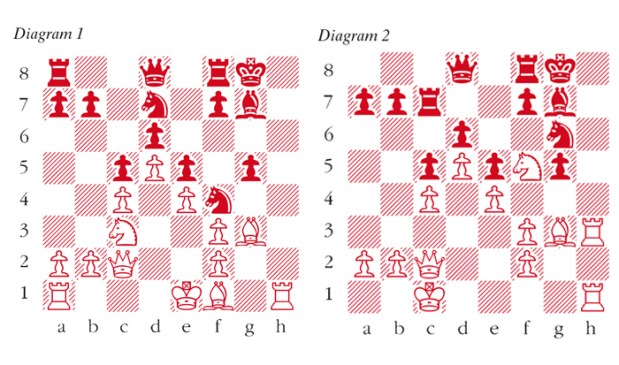
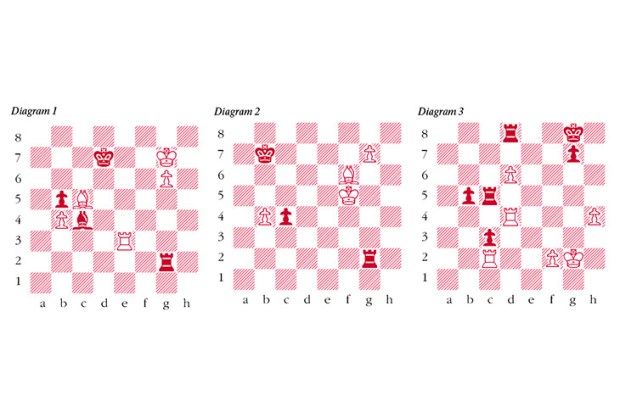
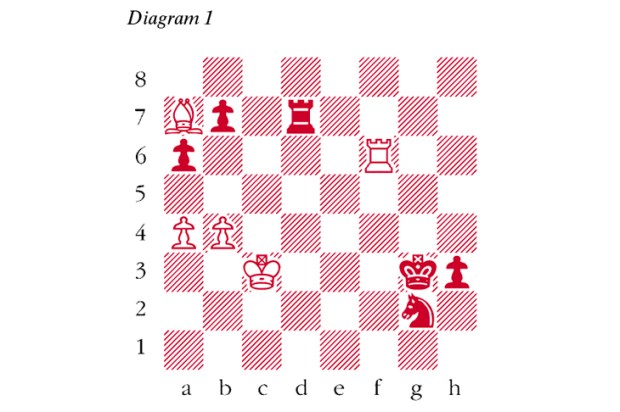






Comments
Don't miss out
Join the conversation with other Spectator Australia readers. Subscribe to leave a comment.
SUBSCRIBEAlready a subscriber? Log in